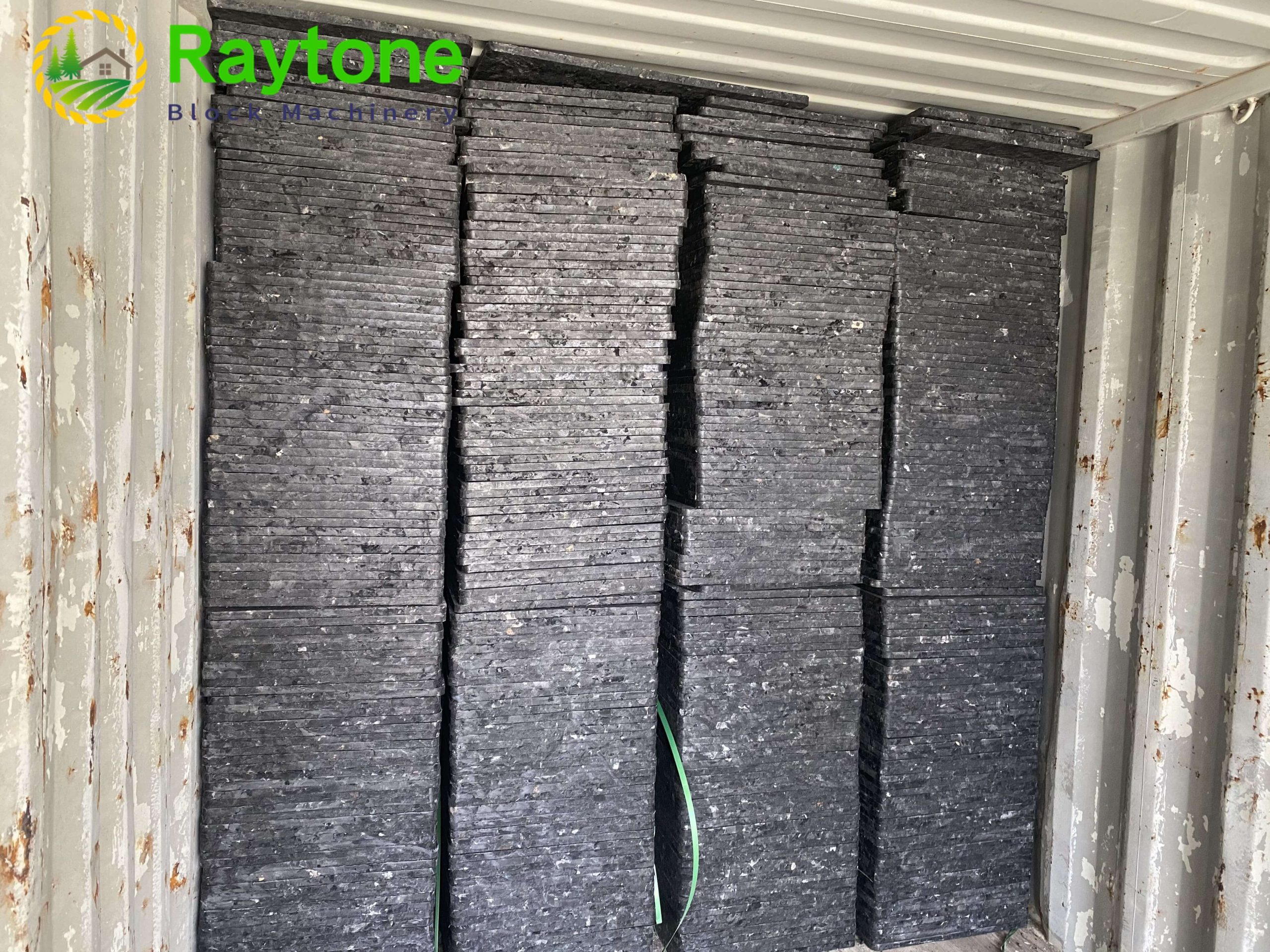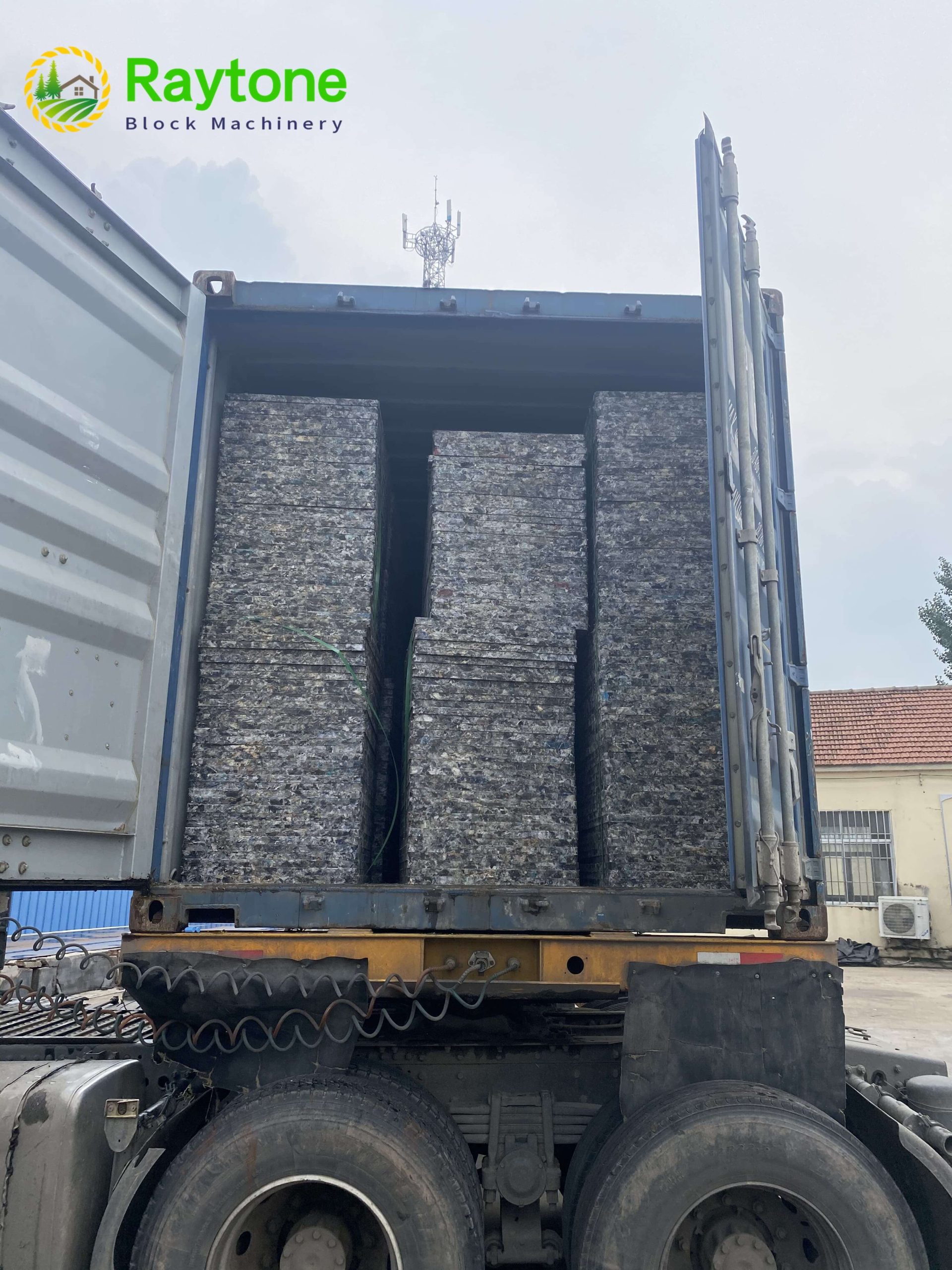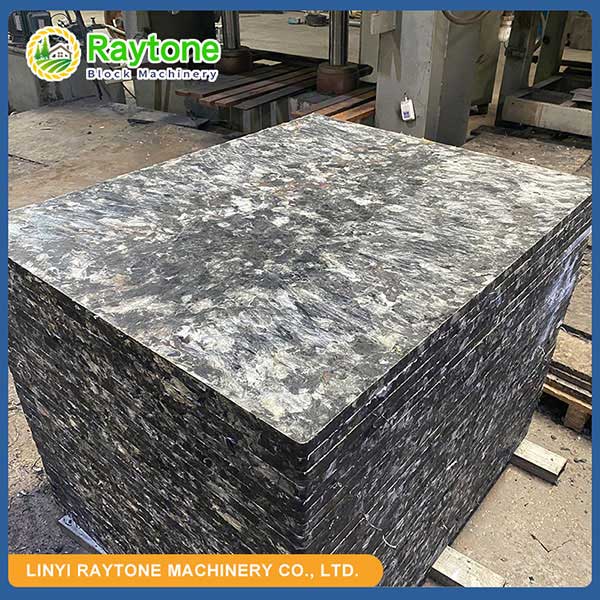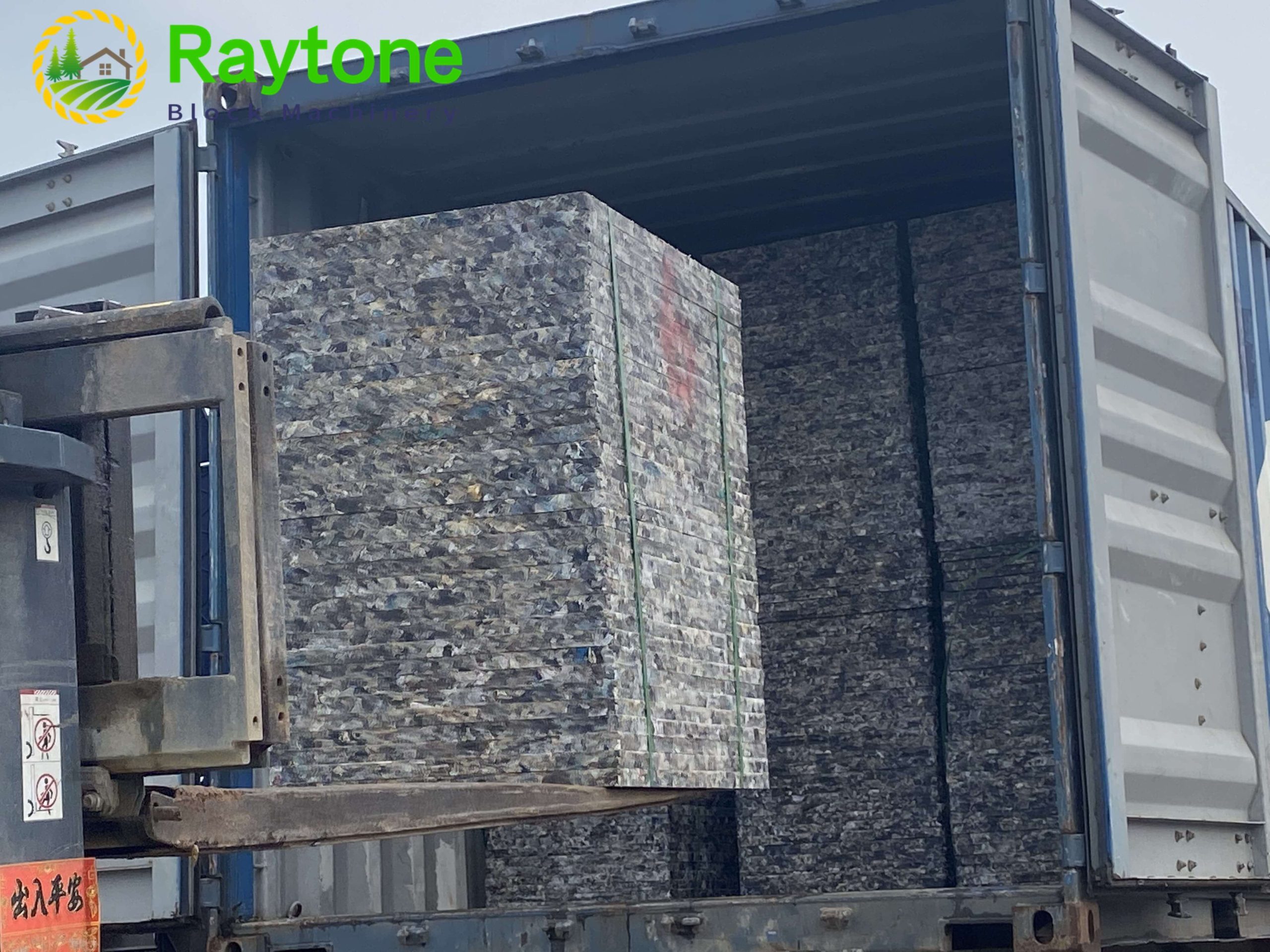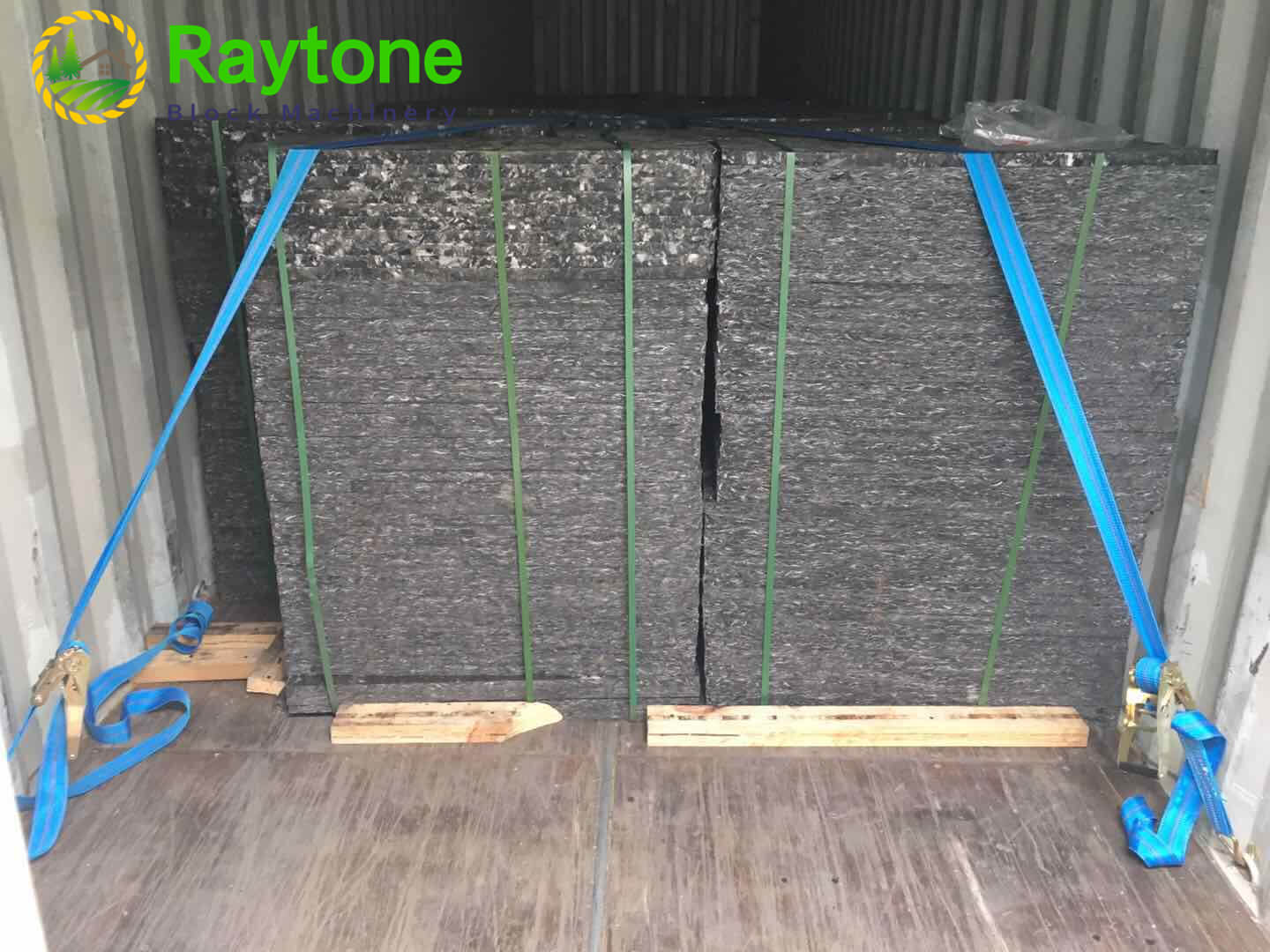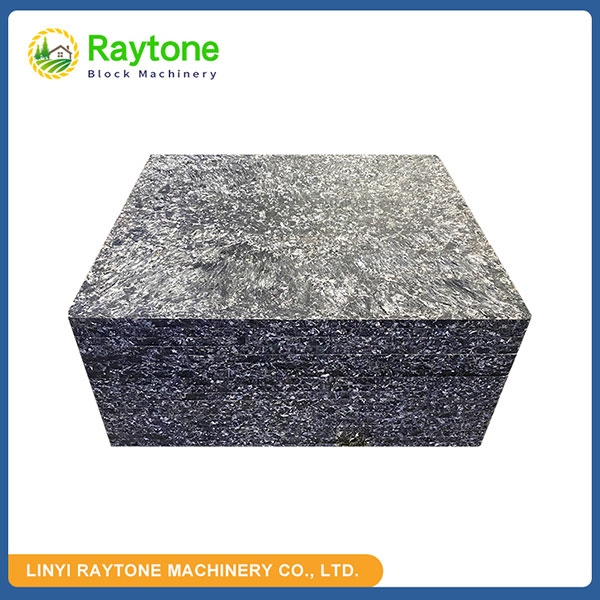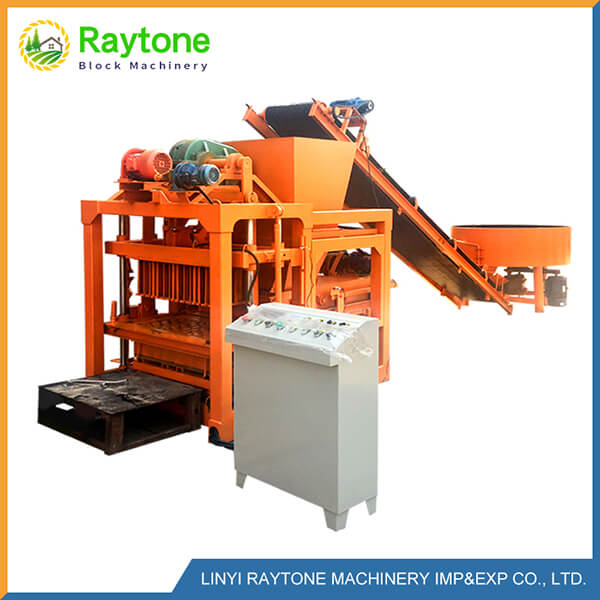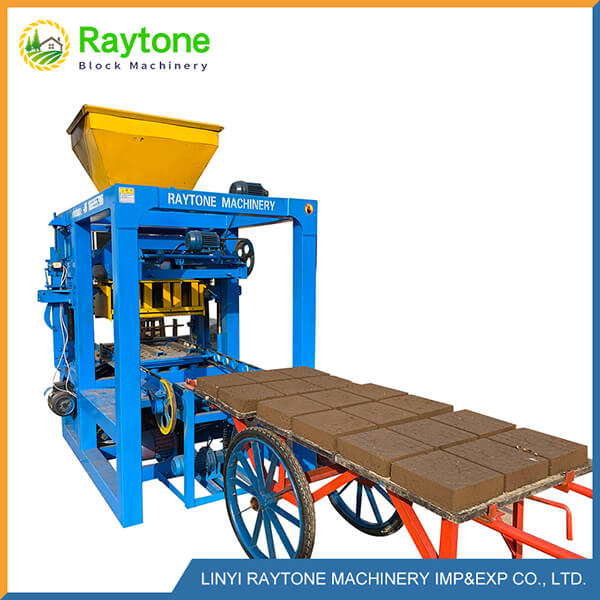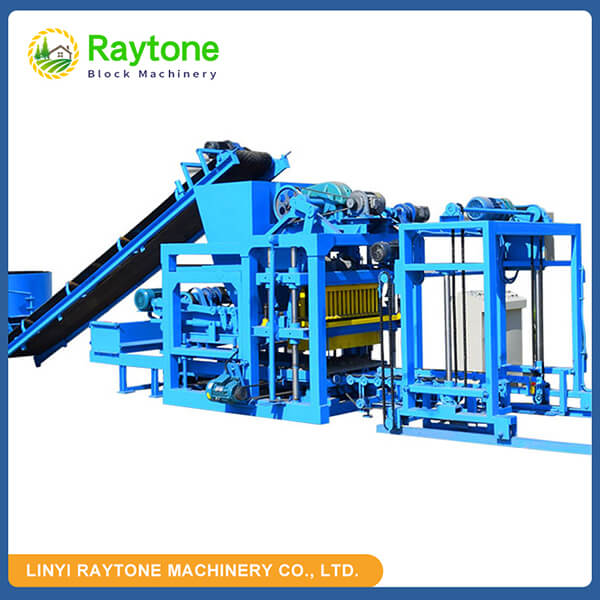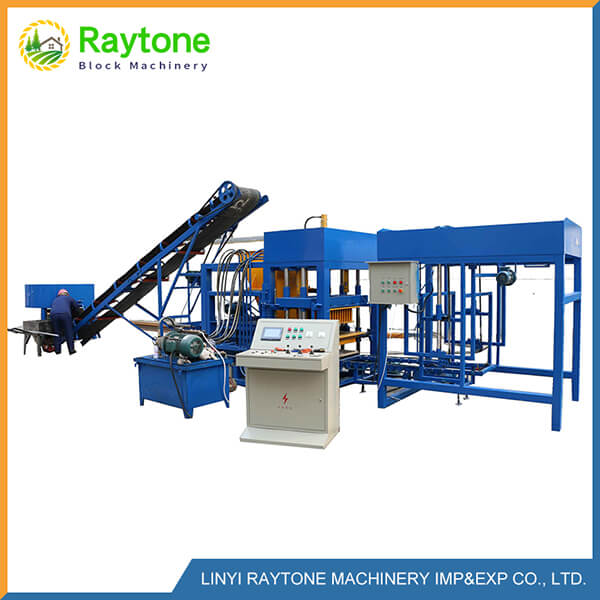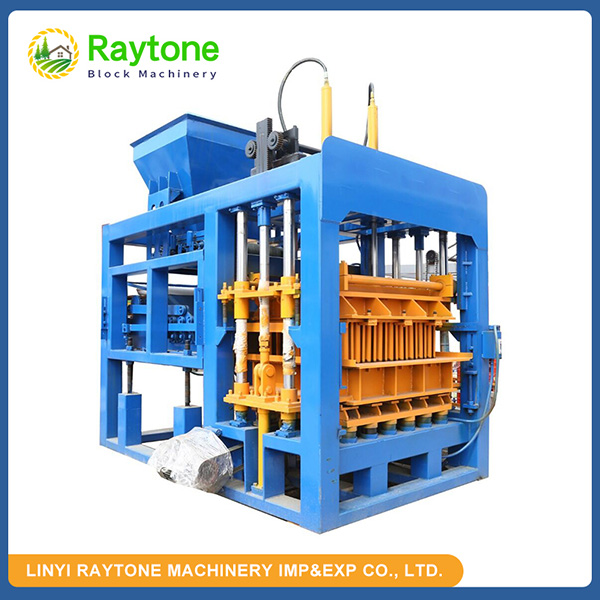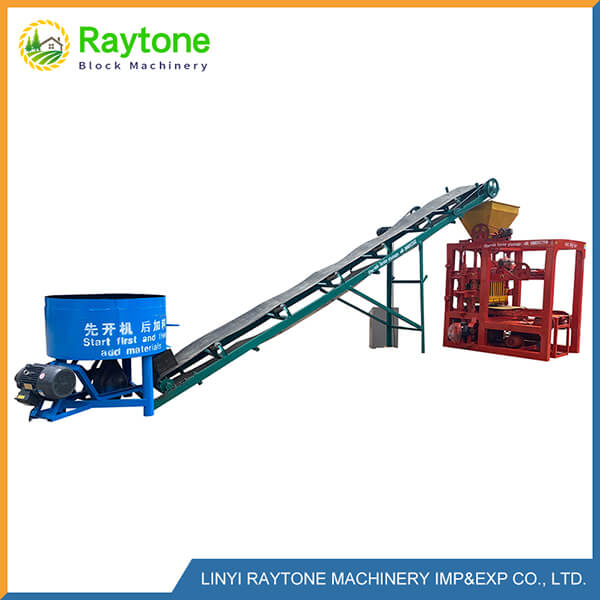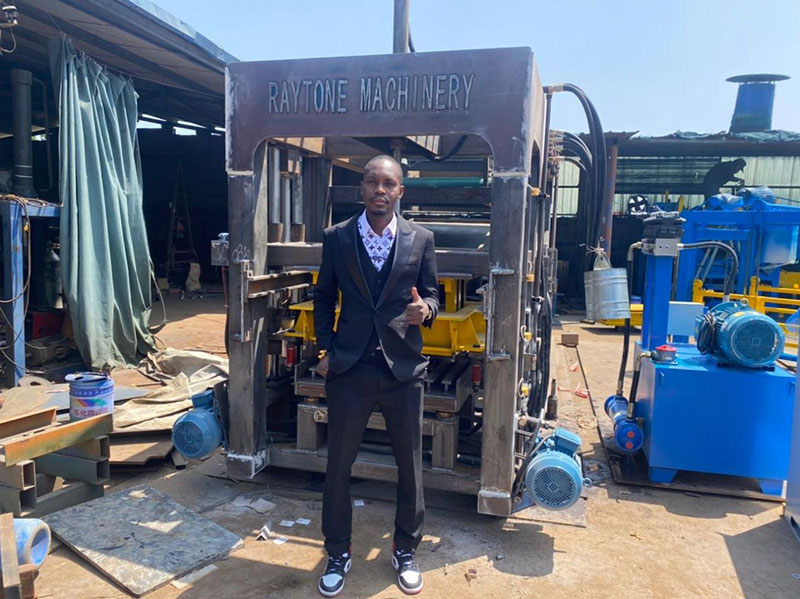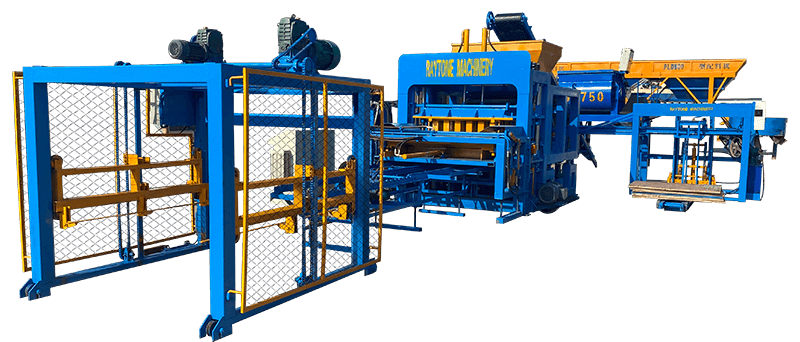The hollow block making machine production process is remarkably efficient due to its advanced automation, streamlined workflow, and precise control mechanisms. These machines, such as the QT4-28 semi-automatic brick making machine, integrate cutting-edge technology to optimize every step of the block production cycle. From material mixing to molding and curing, each phase is carefully calibrated to minimize waste, reduce energy consumption, and maximize output. The efficiency is further enhanced by the machine’s ability to produce a variety of block sizes and shapes with minimal retooling, allowing for quick adaptation to different project requirements. This combination of versatility, precision, and speed makes the hollow block making machine an indispensable tool in modern construction, significantly reducing labor costs and production time while maintaining high-quality standards.
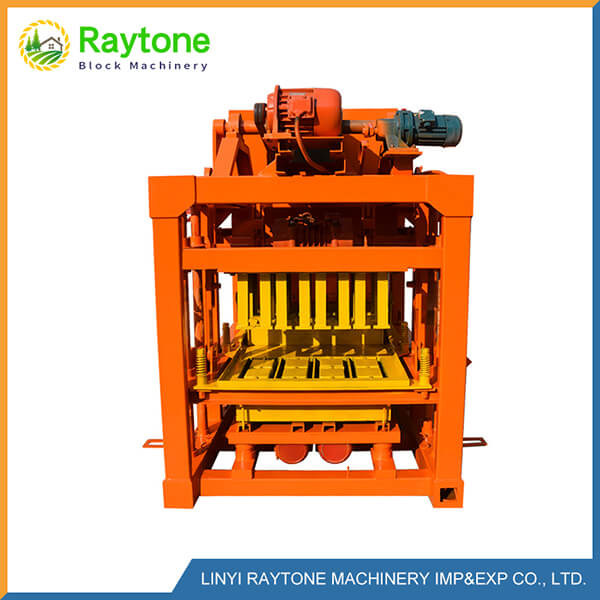
Advanced Features of Hollow Block Making Machines
Automated Material Handling Systems
Modern hollow block making machines boast sophisticated material handling systems that significantly boost production efficiency. These systems automate the process of measuring, mixing, and delivering raw materials to the mold, ensuring consistent quality and reducing human error. Advanced sensors and computerized controls precisely measure the proportions of cement, sand, and aggregates, maintaining the ideal mix for each batch. This automation not only speeds up the production process but also minimizes material waste, contributing to cost-effectiveness and environmental sustainability.
Precision Molding Technology
The heart of the hollow block making machine’s efficiency lies in its precision molding technology. High-pressure hydraulic systems apply uniform force to compress the concrete mixture into molds, creating blocks with consistent density and strength. The QT4-28 semi-automatic brick making machine, for instance, employs advanced vibration technology to ensure even distribution of material within the mold, eliminating air pockets and enhancing the structural integrity of the blocks. This precision not only improves the quality of the final product but also reduces the likelihood of defects, minimizing waste and rework.
Rapid Curing Techniques
Efficiency in block production is further enhanced by rapid curing techniques integrated into modern hollow block making machines. These machines often incorporate steam curing chambers or accelerated drying systems that significantly reduce the time required for blocks to reach their full strength. By optimizing temperature, humidity, and air circulation, these curing methods can cut curing times from days to hours, dramatically increasing production capacity. This rapid turnaround allows manufacturers to meet tight construction deadlines and respond quickly to market demands, making the hollow block making machine an invaluable asset in fast-paced construction environments.
Streamlined Production Workflow
Continuous Production Capability
The efficiency of hollow block making machines is greatly amplified by their continuous production capability. Unlike traditional manual methods that require frequent stops and starts, these machines can operate continuously for extended periods. The QT4-28 semi-automatic brick making machine, for example, can produce blocks non-stop, with only brief pauses for mold changes or maintenance. This continuous operation maximizes output and minimizes downtime, allowing manufacturers to meet high-volume demands efficiently. The seamless flow from mixing to molding to curing creates a production line that can churn out thousands of blocks per day, far surpassing the capabilities of manual production methods.
Quick Mold Change Systems
Versatility is a key factor in the efficiency of hollow block making machines, and quick mold change systems play a crucial role in this aspect. Modern machines are designed with easily interchangeable molds, allowing producers to switch between different block sizes, shapes, and designs with minimal downtime. This flexibility enables manufacturers to respond swiftly to varying customer requirements or project specifications without significant interruptions to the production process. The ability to produce a diverse range of products on a single machine not only enhances efficiency but also reduces the need for multiple specialized machines, saving space and capital investment.
Integrated Quality Control Measures
Efficiency in block production is not just about speed but also about maintaining consistent quality. Hollow block making machines incorporate integrated quality control measures throughout the production process. Advanced sensors monitor various parameters such as material consistency, mold pressure, and curing conditions in real-time. Any deviations from the set standards trigger immediate adjustments or alerts, ensuring that every block meets the required specifications. This proactive approach to quality control minimizes the production of substandard blocks, reducing waste and the need for time-consuming manual inspections. The result is a highly efficient process that delivers consistently high-quality products with minimal human intervention.
Economic and Environmental Benefits
Reduced Labor Costs
One of the most significant economic benefits of using hollow block making machines is the substantial reduction in labor costs. These machines, including semi-automatic models like the QT4-28 brick making machine, dramatically decrease the need for manual labor in block production. A single operator can manage the entire production process, from material feeding to block ejection, replacing the work of several manual laborers. This automation not only cuts direct labor costs but also reduces associated expenses such as training, supervision, and worker benefits. Moreover, the consistency and reliability of machine-produced blocks minimize the need for skilled craftsmen in the molding process, further contributing to cost savings and improved efficiency in construction projects.
Energy Efficiency and Sustainability
Modern hollow block making machines are designed with energy efficiency in mind, contributing to both economic savings and environmental sustainability. These machines optimize energy consumption through advanced motor designs, efficient hydraulic systems, and intelligent power management. For instance, many models incorporate variable frequency drives that adjust power usage based on production demands, reducing energy waste during idle periods or low-volume production runs. Additionally, the precision of these machines in material mixing and molding results in less waste of raw materials, further enhancing their environmental credentials. Some advanced models even incorporate recycled materials into the block production process, aligning with green building initiatives and circular economy principles.
Scalability and Market Responsiveness
The efficiency of hollow block making machines extends beyond the production floor, offering significant benefits in terms of scalability and market responsiveness. These machines allow manufacturers to quickly scale up production to meet increased demand without proportional increases in labor or space requirements. This scalability is particularly valuable in rapidly developing regions where construction demands can fluctuate dramatically. Furthermore, the versatility of machines like the QT4-28 semi-automatic brick making machine enables producers to swiftly adapt to changing market preferences or regulatory requirements. Whether it’s switching to eco-friendly block designs or producing specialized blocks for specific projects, these machines provide the flexibility to respond to market needs efficiently, maintaining competitiveness and profitability in a dynamic construction industry.
Conclusion
The efficiency of the hollow block making machine production process stems from a combination of advanced technology, streamlined workflows, and economic benefits. These machines have revolutionized the construction industry by offering unparalleled speed, precision, and versatility in block production. From reducing labor costs and energy consumption to enabling rapid market responsiveness, hollow block making machines represent a significant leap forward in construction efficiency. As the industry continues to evolve, these machines will undoubtedly play a crucial role in meeting the growing demands for sustainable, cost-effective building materials.
Contact Us
For more information about our range of efficient hollow block making machines, including the QT4-28 semi-automatic brick making machine, please contact us at hazel@raytonechina.com. Raytone Machinery is committed to providing innovative, cost-effective solutions that help our customers stay ahead in the competitive construction market. Let us help you enhance your production efficiency and product quality today.
References
- Johnson, A. (2023). “Advancements in Concrete Block Manufacturing Technology”. Journal of Construction Engineering, 45(3), 287-301.
- Smith, B. & Brown, C. (2022). “Energy Efficiency in Modern Construction Materials Production”. Sustainable Building Technologies, 18(2), 112-128.
- Zhang, L. et al. (2023). “Comparative Analysis of Manual vs. Automated Block Production Methods”. International Journal of Civil Engineering, 37(4), 502-518.
- Patel, R. (2022). “Economic Impact of Automated Block Making Machines in Developing Countries”. Construction Economics Review, 29(1), 75-91.
- Anderson, M. & Lee, K. (2023). “Quality Control Mechanisms in Automated Concrete Block Production”. Quality Assurance in Construction, 14(3), 201-215.
- Thompson, E. (2022). “Environmental Benefits of Modern Block Making Technologies”. Green Building and Environmental Sustainability, 11(4), 332-347.


